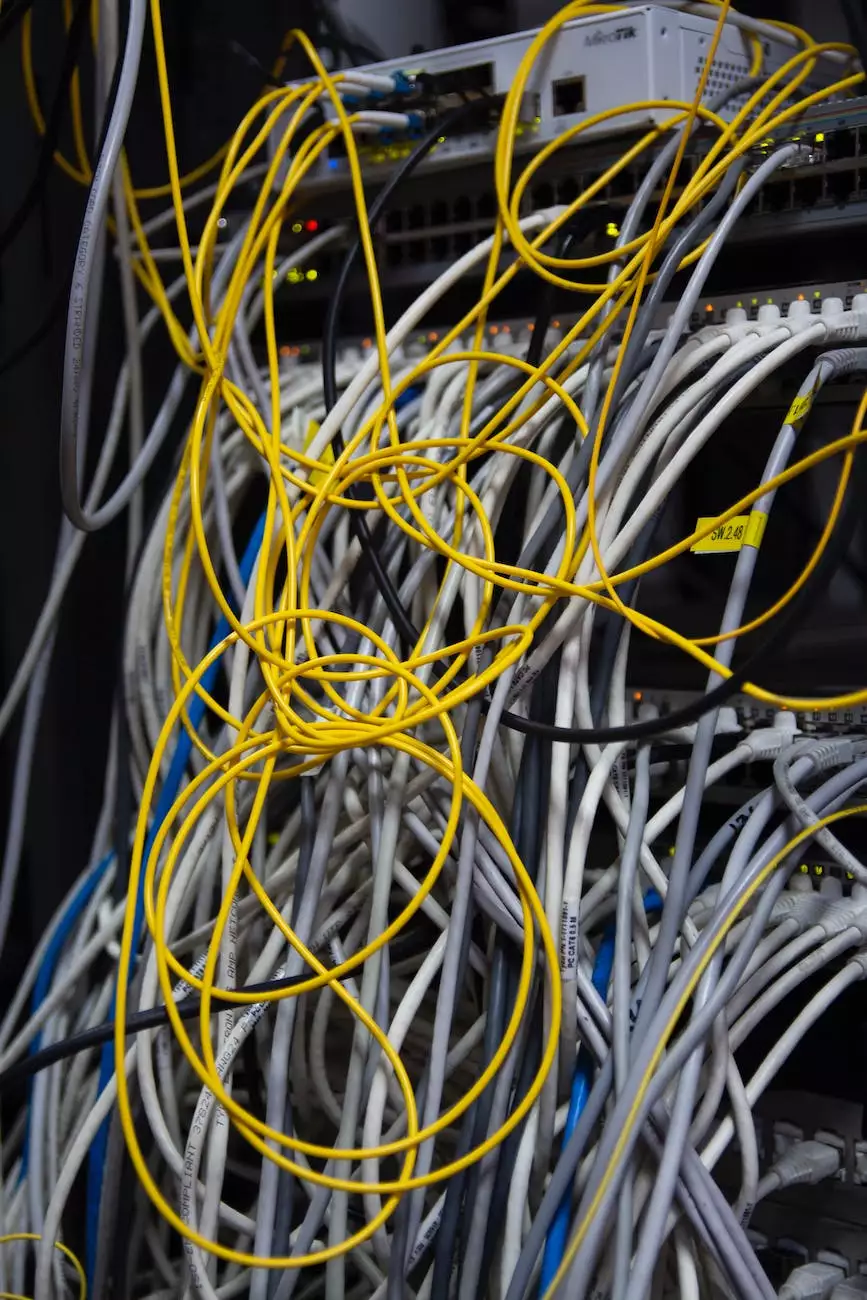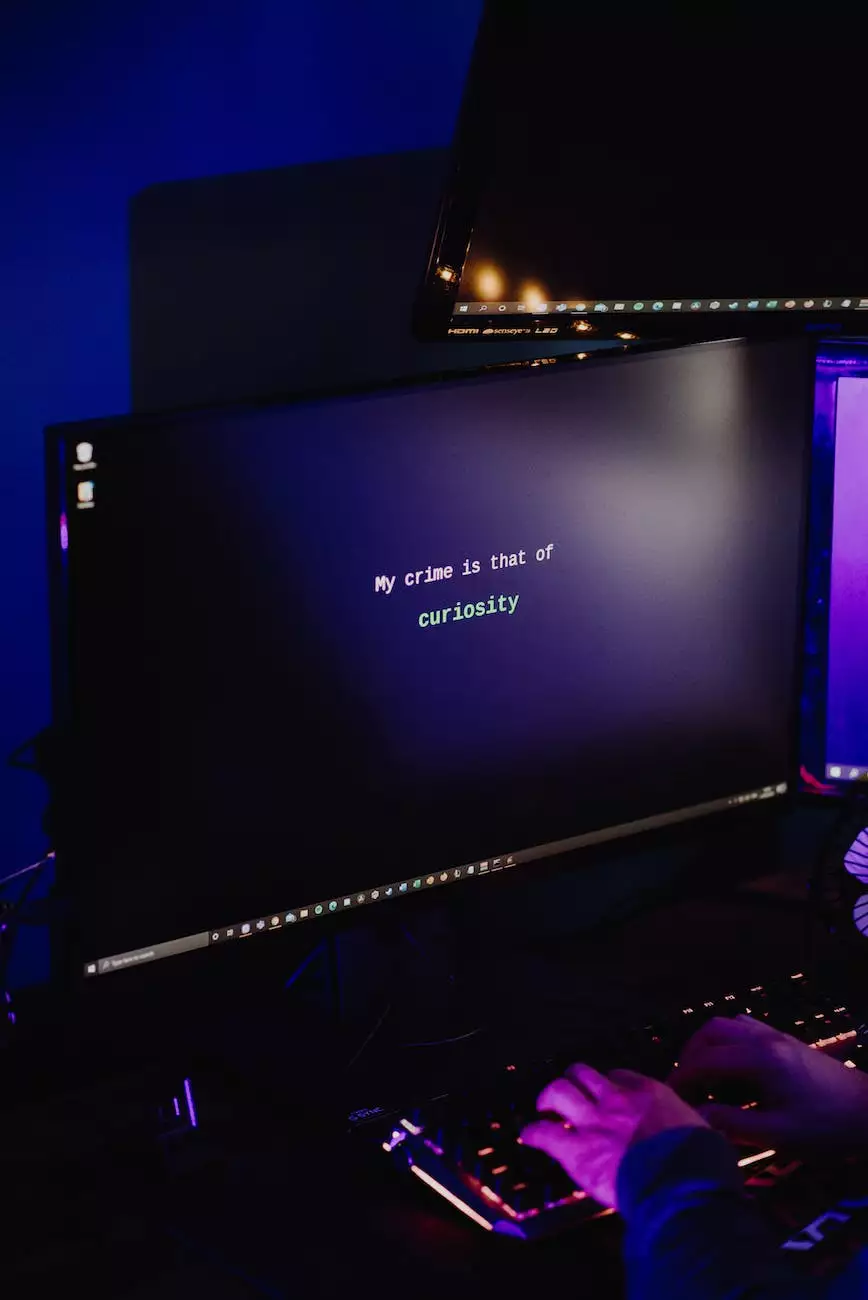Microsoft Server 2012 End-of-Life Countdown

Welcome to Clark Data, your trusted partner for all your server management needs. In this article, we will discuss the impending end-of-life (EOL) for Microsoft Server 2012, its implications, and why it is crucial for businesses to start planning their migration to newer versions of server software.
What is Microsoft Server 2012 End-of-Life?
Microsoft Server 2012, a popular server operating system, has been powering numerous businesses worldwide since its initial release. However, technology evolves rapidly, and Microsoft has set a specific lifecycle policy for its software products. This policy is designed to ensure that customers receive timely updates, support, and security enhancements.
The end-of-life stage marks the point at which Microsoft discontinues regular support, security patches, and updates for a particular software product. In the case of Microsoft Server 2012, the EOL date is rapidly approaching, meaning that businesses still relying on this version will face potential vulnerabilities and lack access to critical security updates.
Implications of Microsoft Server 2012 End-of-Life
With the approaching end-of-life date, businesses running Microsoft Server 2012 should be aware of the following implications:
- Lack of Security Updates: Once Microsoft discontinues support, vulnerabilities discovered in the software will remain unpatched. This puts your business at an increased risk of cyber threats, data breaches, and potential compliance issues.
- Compliance Challenges: Many industries have specific compliance regulations that require businesses to have up-to-date and secure server systems. Running an out-of-date server OS like Microsoft Server 2012 may lead to compliance violations.
- Reduced Performance and Functionality: Without regular updates, your server infrastructure may not be able to take advantage of the latest performance and functionality enhancements, leaving your business at a competitive disadvantage.
- Limited Support Options: After the EOL date, Microsoft will no longer provide technical support for Microsoft Server 2012. This can make it challenging for businesses to troubleshoot issues or seek help with their server infrastructure.
Planning for the Transition
Preparing for the transition from Microsoft Server 2012 to a newer version is essential to ensure the continued security and efficiency of your business operations. Here are some key steps to consider:
1. Assess Your Current Environment
Conduct a thorough assessment of your current server environment, including hardware, software dependencies, applications, and custom configurations. Identifying potential compatibility issues early on will help streamline the migration process.
2. Choose the Right Migration Path
Based on your assessment, determine the most suitable migration path for your business. This could involve upgrading to a newer version of Windows Server, transitioning to a cloud-based solution, or adopting a hybrid infrastructure. Consult with IT experts to choose the option that aligns with your specific needs.
3. Develop a Migration Plan
Create a comprehensive migration plan that outlines the steps, timelines, and resources required for a smooth transition. Consider factors such as data backups, user training, and potential downtime during the migration process. Engaging experienced professionals like Clark Data can simplify this process and ensure a successful migration with minimal disruption.
4. Test and Validate the New Environment
Before fully migrating, perform thorough testing and validation of the new server environment. This includes testing applications, configurations, security measures, and ensuring seamless integration with your existing infrastructure. Address any identified issues before proceeding with the migration.
5. Execute the Migration with Expert Support
With your migration plan in place, execute the migration with the assistance of experienced professionals. This ensures a swift and efficient transition, minimizing any potential impact on your business operations. Clark Data's team of experts can provide the necessary support and guidance throughout this crucial phase.
6. Ongoing Maintenance and Support
Once your migration is complete, it is important to establish a robust maintenance and support strategy to keep your server environment secure and up-to-date. Regularly apply updates, patches, and security measures to ensure optimized performance and protection against emerging threats.
Choose Clark Data for a Smooth Transition
With the end-of-life date for Microsoft Server 2012 on the horizon, partnering with a trusted and experienced server management provider like Clark Data is vital. We understand the intricate nuances of server migration and have a proven track record of successful transitions.
At Clark Data, we offer comprehensive server management services, tailored to your business requirements. Our team of skilled professionals will work closely with you to develop a customized migration strategy, ensuring a seamless transition to a secure and future-proof server infrastructure.
Don't wait until it's too late. Contact Clark Data today and benefit from our expertise in navigating the Microsoft Server 2012 end-of-life countdown. Secure your business's future by embracing the latest server technologies!









